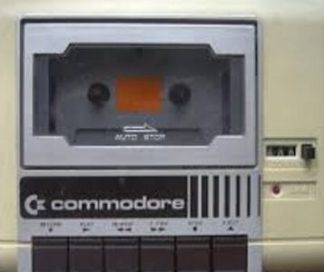This article focuses on video game design and aesthetic choices of game designers in design process in order to examine the possible extents to which the auteur theory can be applied to the analysis of video games. The main question, around which the article has evolved, is: Can auteur theory as a theoretical framework reveal different styles and worldviews of video game designers and sustain necessary tools for their critical analysis? Video games are rules-based systems however they are also computer simulations with fictional worlds. This also allows us to evaluate video games not only in terms of programming and game technology, but also in the terms of design and art. The auteur theory as a critical method, has enabled critics of its time to reconsider movies with regard to the paradigms of art criticism. It has also allowed us to define some directors as “auteurs” by highlighting certain differences in styles, world views and technical competence. In this paper, main argument is that the video game designers with total control on the aesthetic aspects of game medium and the production process can also be considered as auteur candidates in the field of games. Along with their narrative and formal aspects, expressive uses of video games allow game auteurs to put their intentions in games. I suggest that the critical analysis of game elements with an auteur perspective can also reveal the technical competence, individual style and world views of game auteurs. In this work, I argue that Gonzalo Frasca can be identified as an auteur candidate. His video games are examined with respect to this argument.
Kerem Yavuz Demirbaş (techmort@gmail.com)

